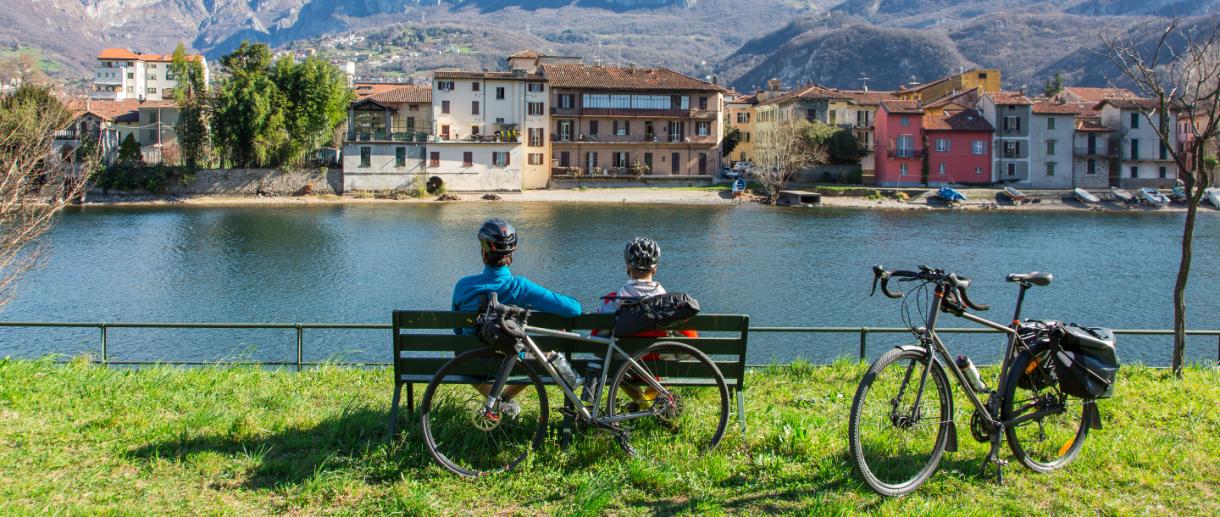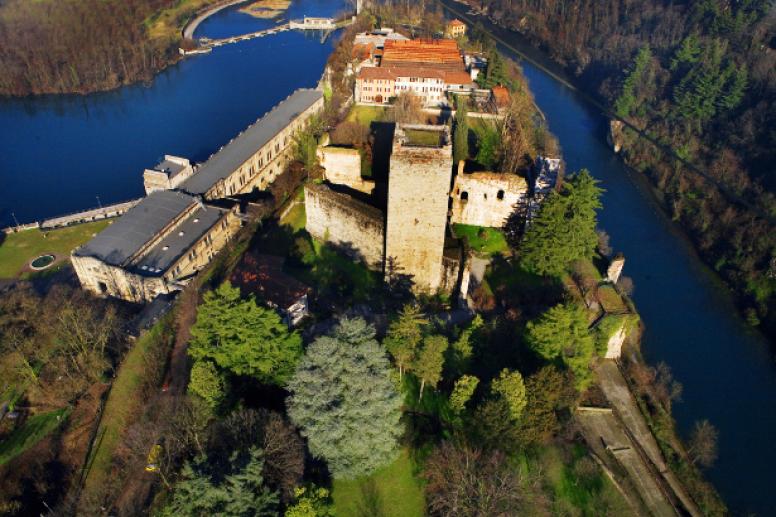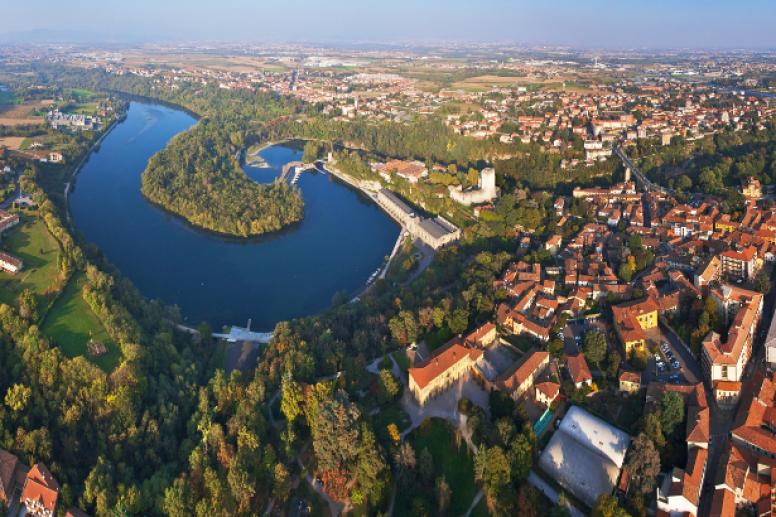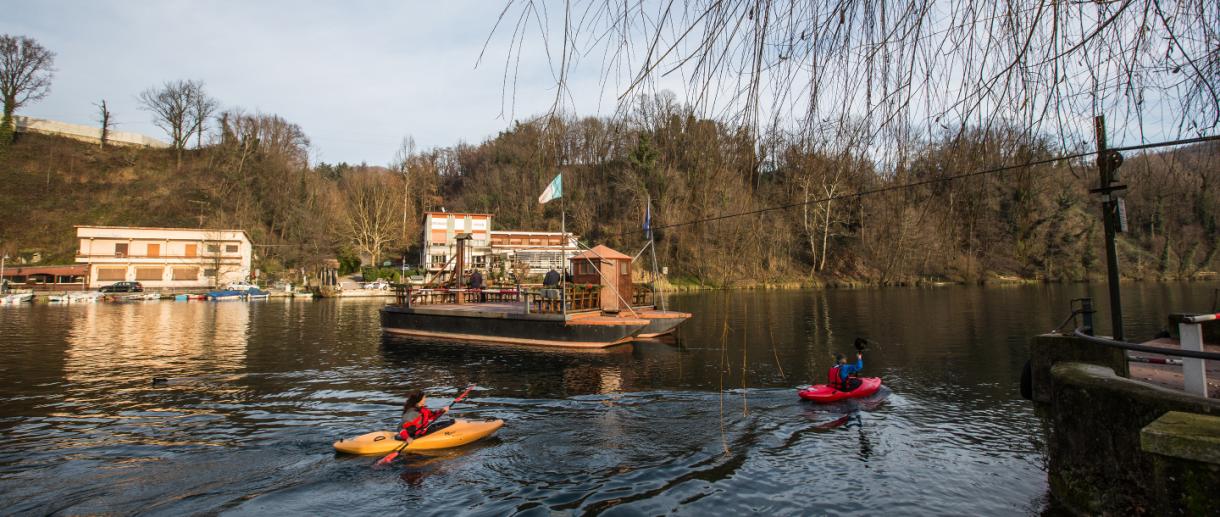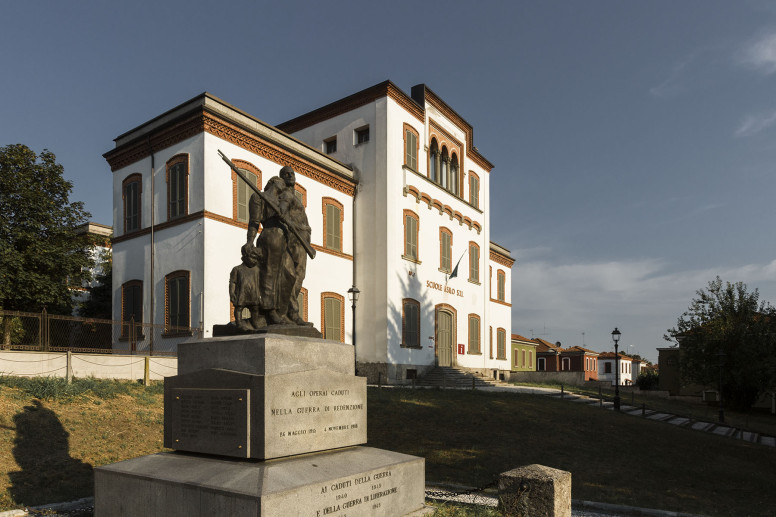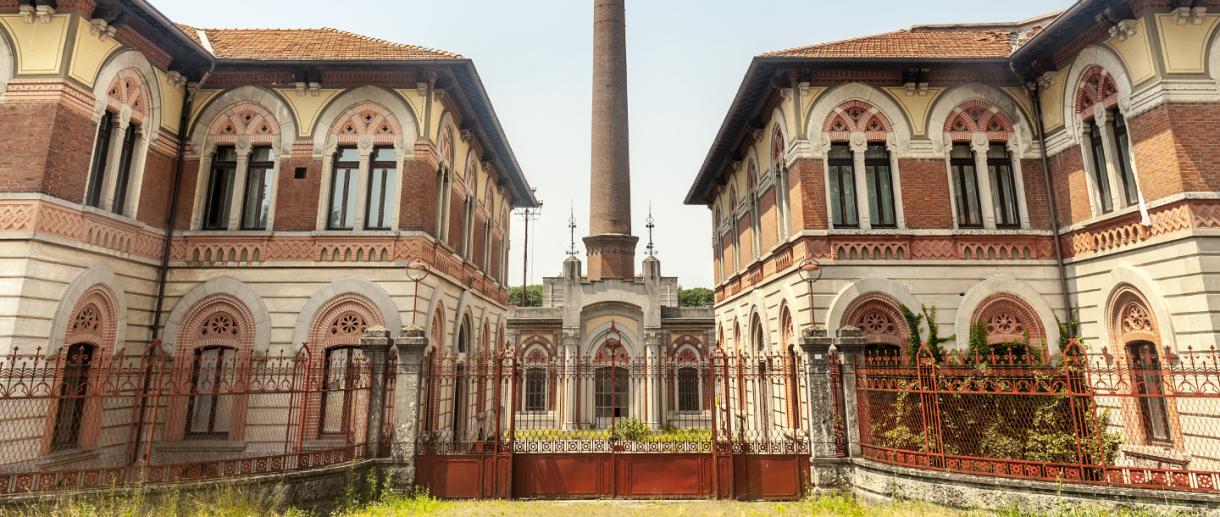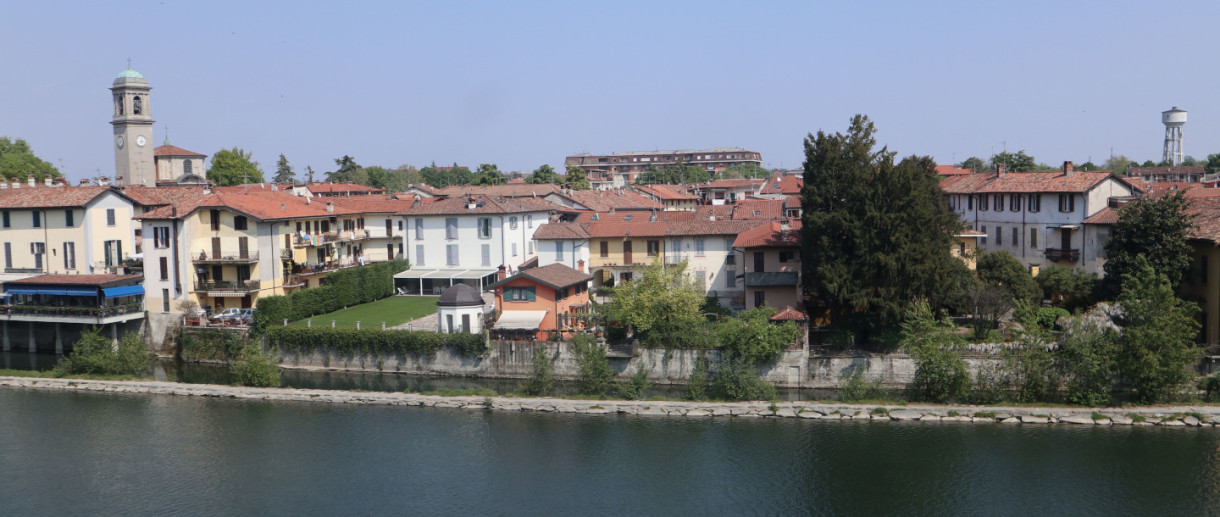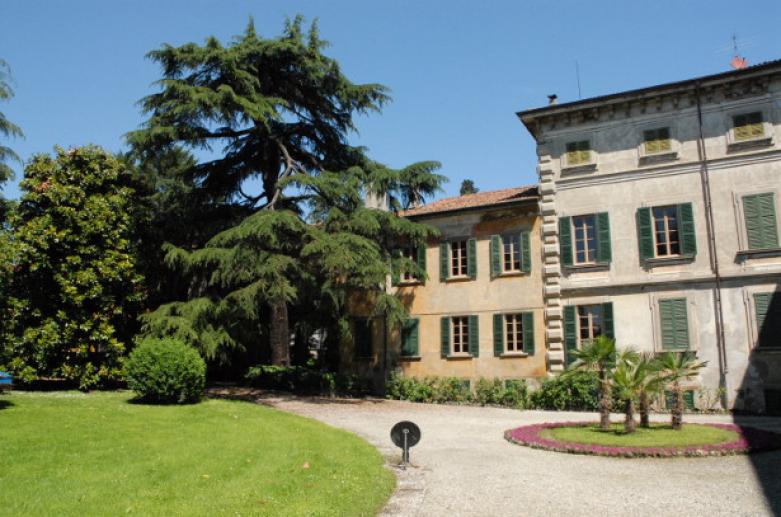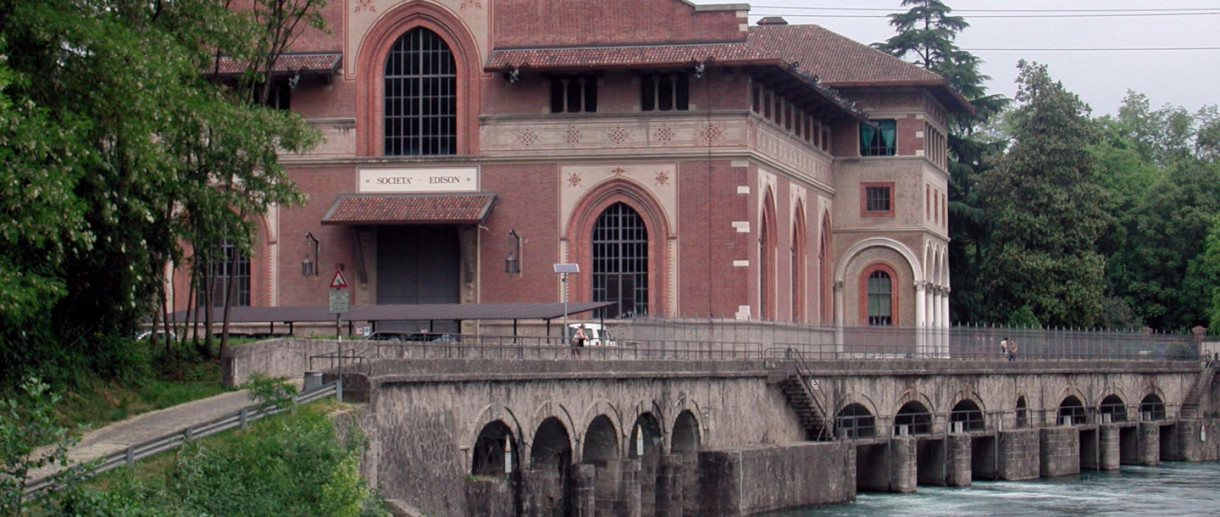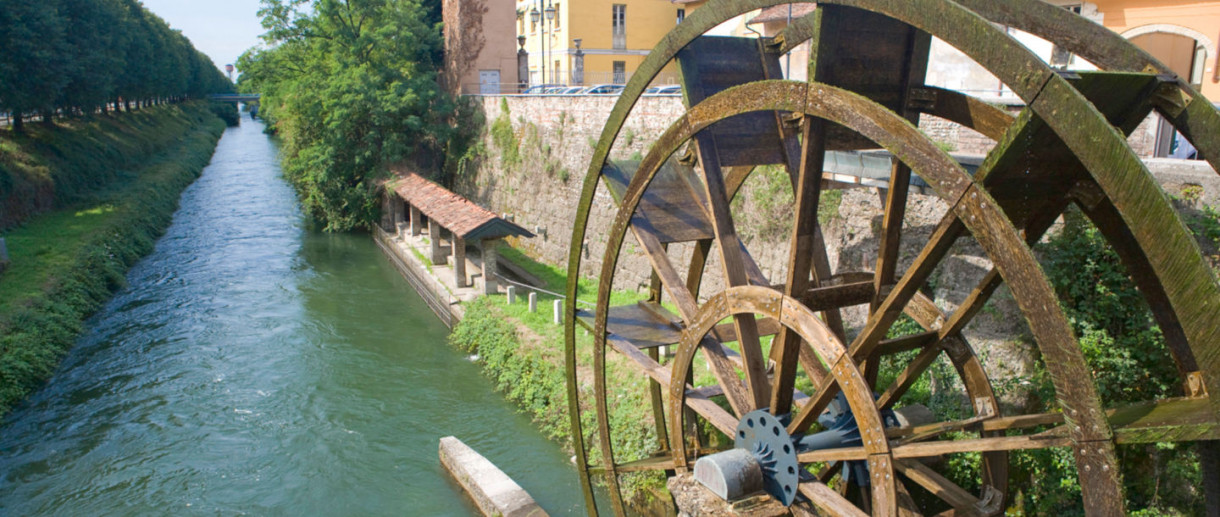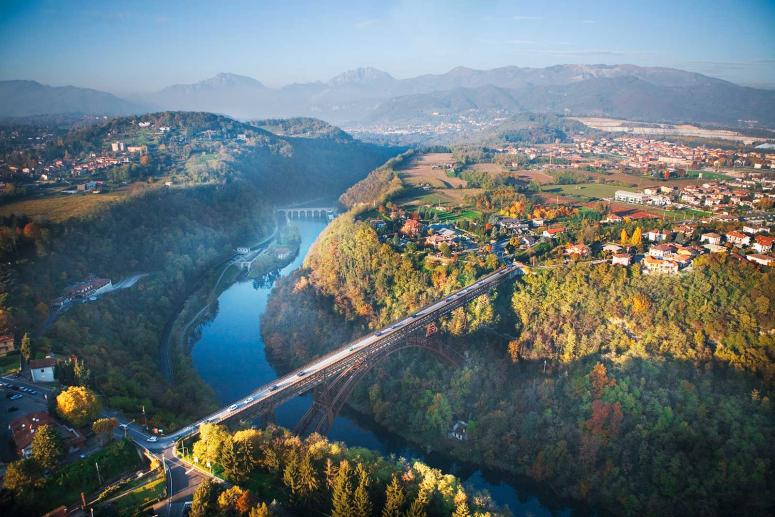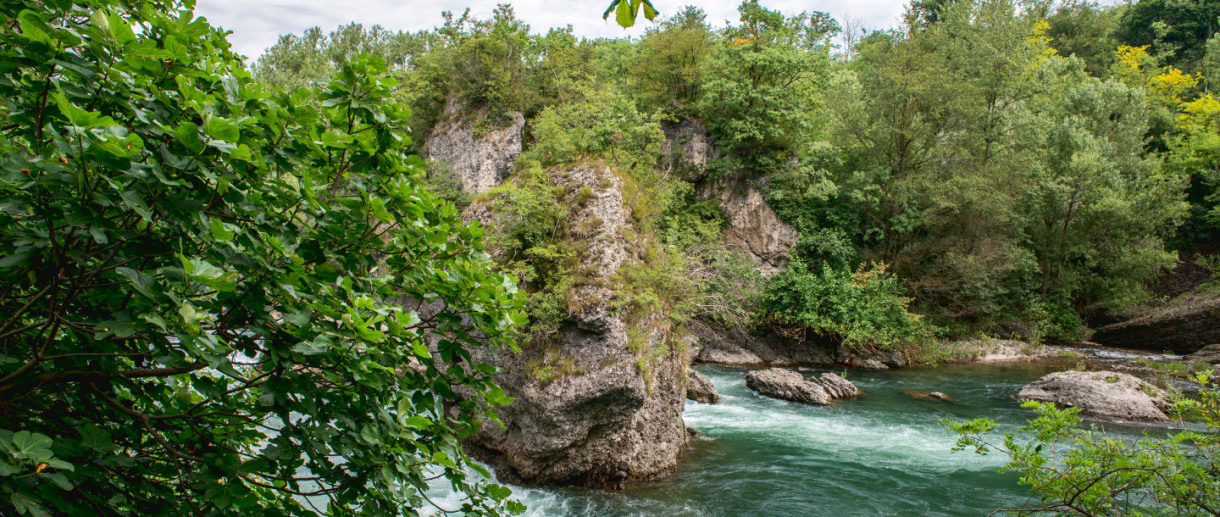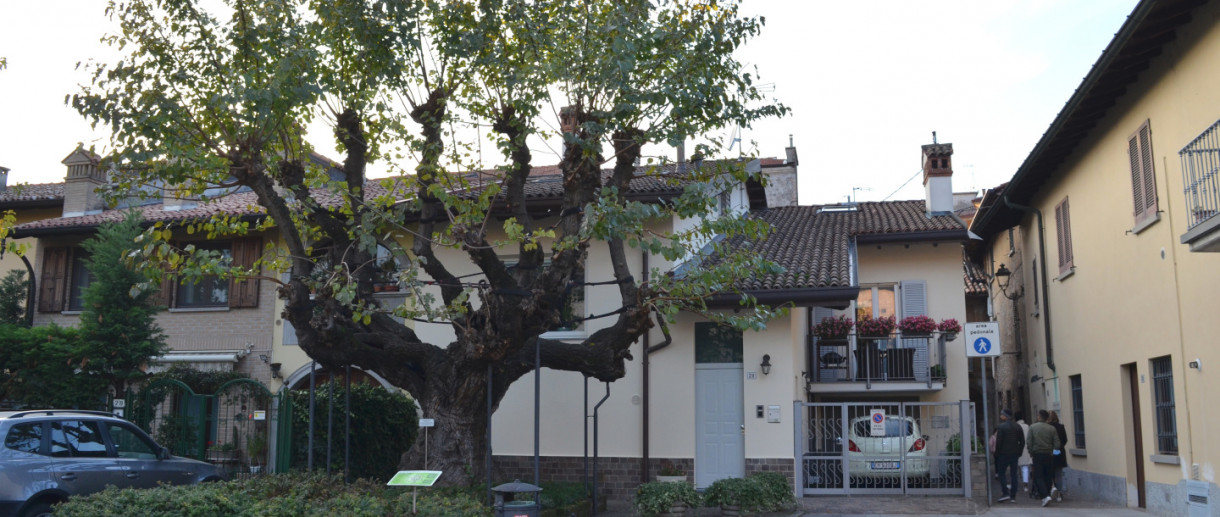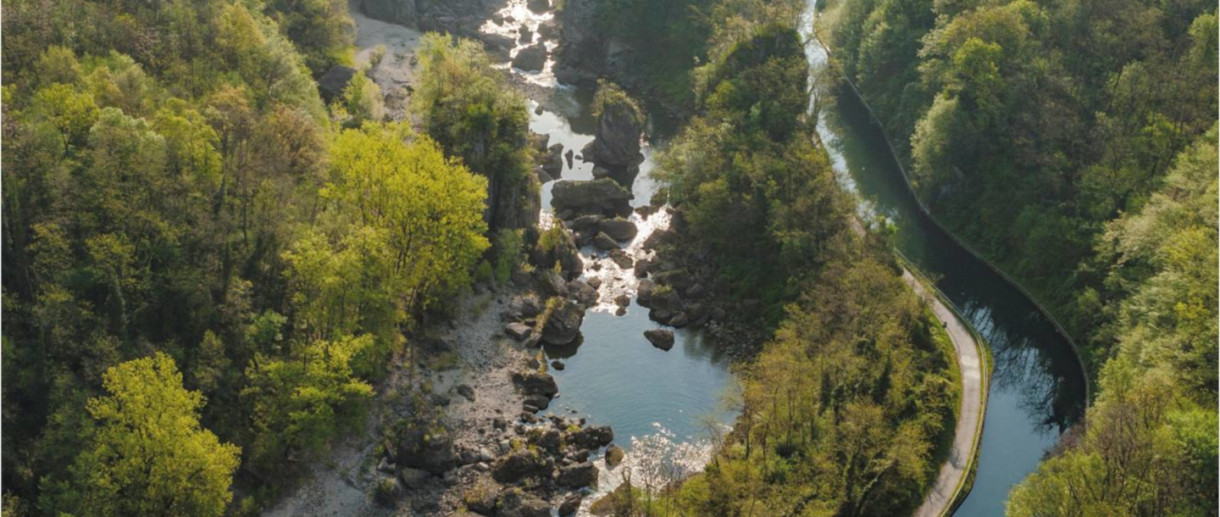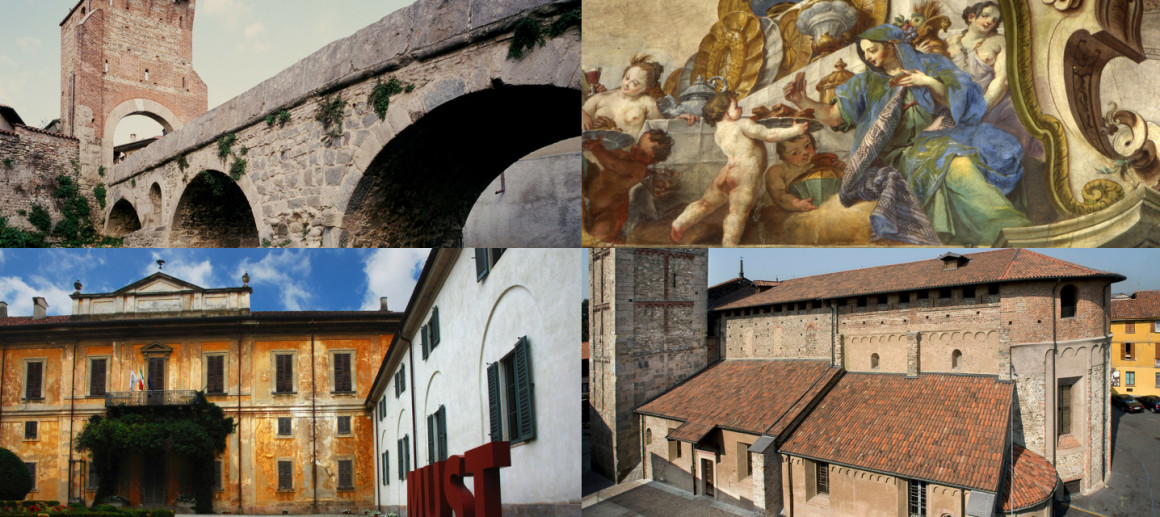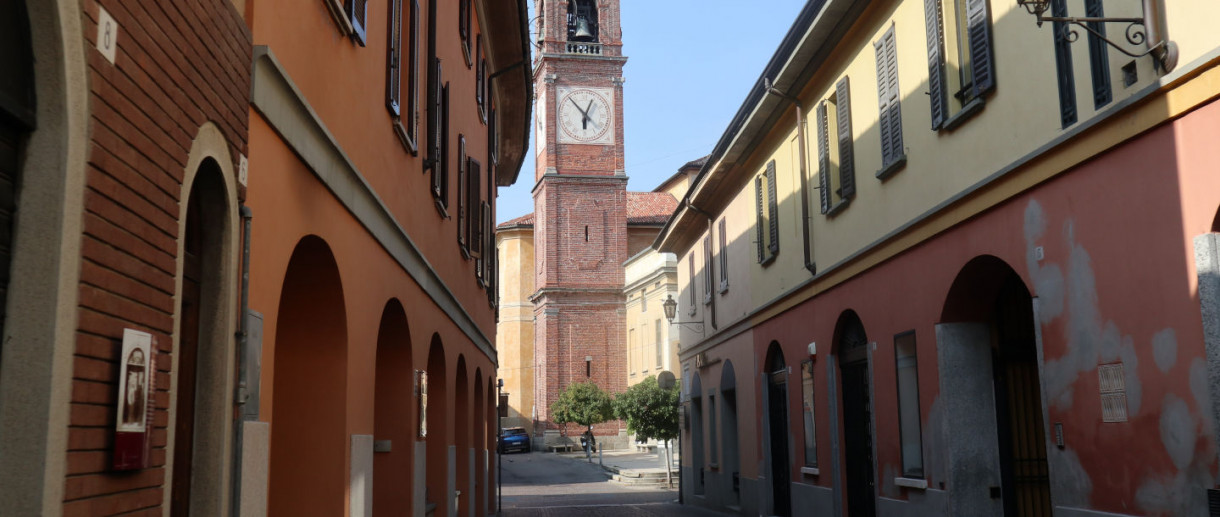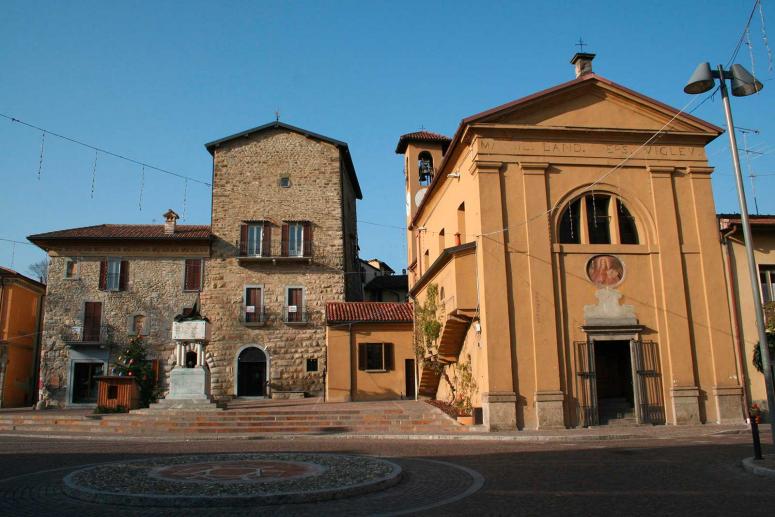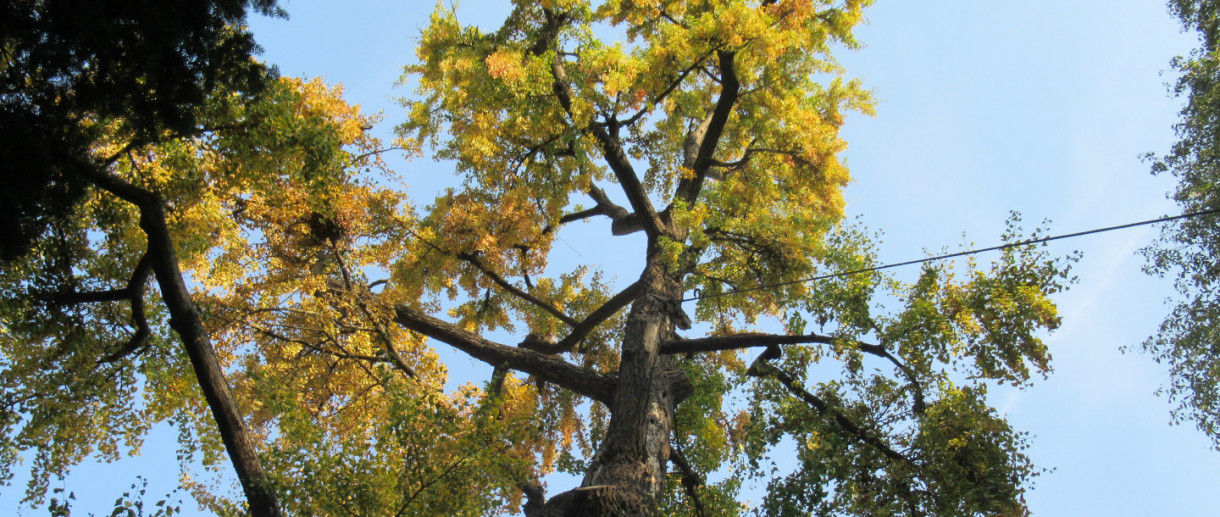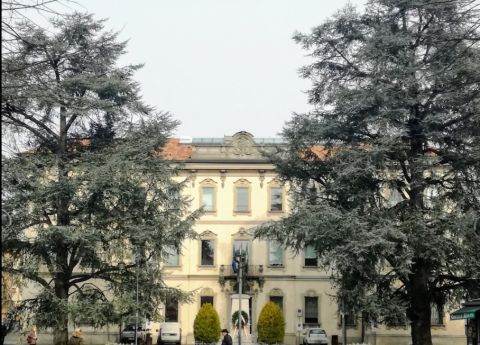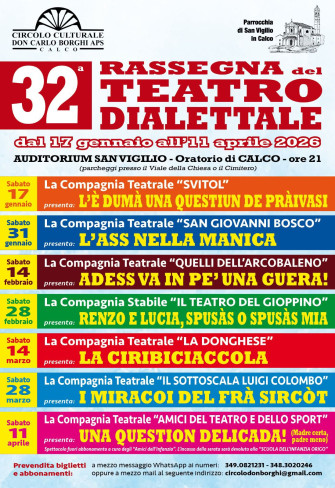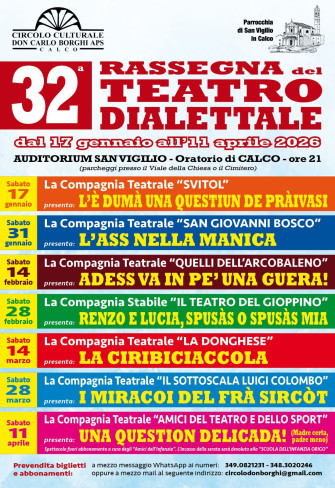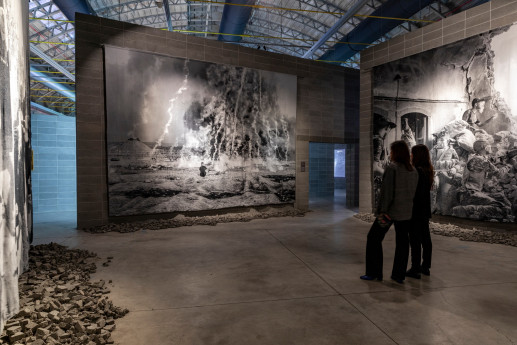- Navigli
Naviglio Martesana
Also called 'Naviglio Piccolo', it is the canal that connects Milan with the river Adda
The Naviglio della Martesana, which was finally completed under the rule of Ludovico il Moro, flows from Trezzo sull’Adda to Milan with an overall length of 38 km.
The route runs along the ancient Roman road (now the highway SS 11) which crossed the River Adda with two branches: at Vaprio and at Cassano. For many years, the main function of the canal was for irrigation of lands situated above the water spring band, so much so that in the early days, navigation was limited to just two days a week; at the same time that it brought about improvements in the agricultural infrastructure, the villas of the nobility sprang up along the banks in the Baroque period, the owners taking advantage of the waterway to escape from the city and also keep an eye on their lands.
The irrigation function of the Martesana was less important than that of the Naviglio Grande, but it certainly served as a demarcation point between the arid plain to the north and the irrigated lowland to the south.
Identity card:
Year of birth: 1475
Navigable since: 1482
Length: 38 km
Land irrigated: 25,000 ha
Start: Trezzo sull’Adda
End: Milan
History:
The Naviglio Piccolo, or 'little canal', later to be known as the Martesana, was begun under Francesco Sforza in 1475 in order to transport "grindstones, oil presses, spinning wheels and map chests".
It starts at the River Adda, on the right bank, beneath the castle of Trezzo, and has over 129 branches which irrigate almost 25,000 hectares of land before it arrives in Milan at Cascina de' Pomm and ends up underground in San Marco. It was completed in only three years. It linked the city with the River Adda, Lake Como and thus Northern Europe. In 1497, Ludovico il Moro inaugurated the link with the inner culvert of Milan. Boats that travelled on the canal reached Milan in 7 hours and returned to Trezzo in 12 with the help of two draught horses.
